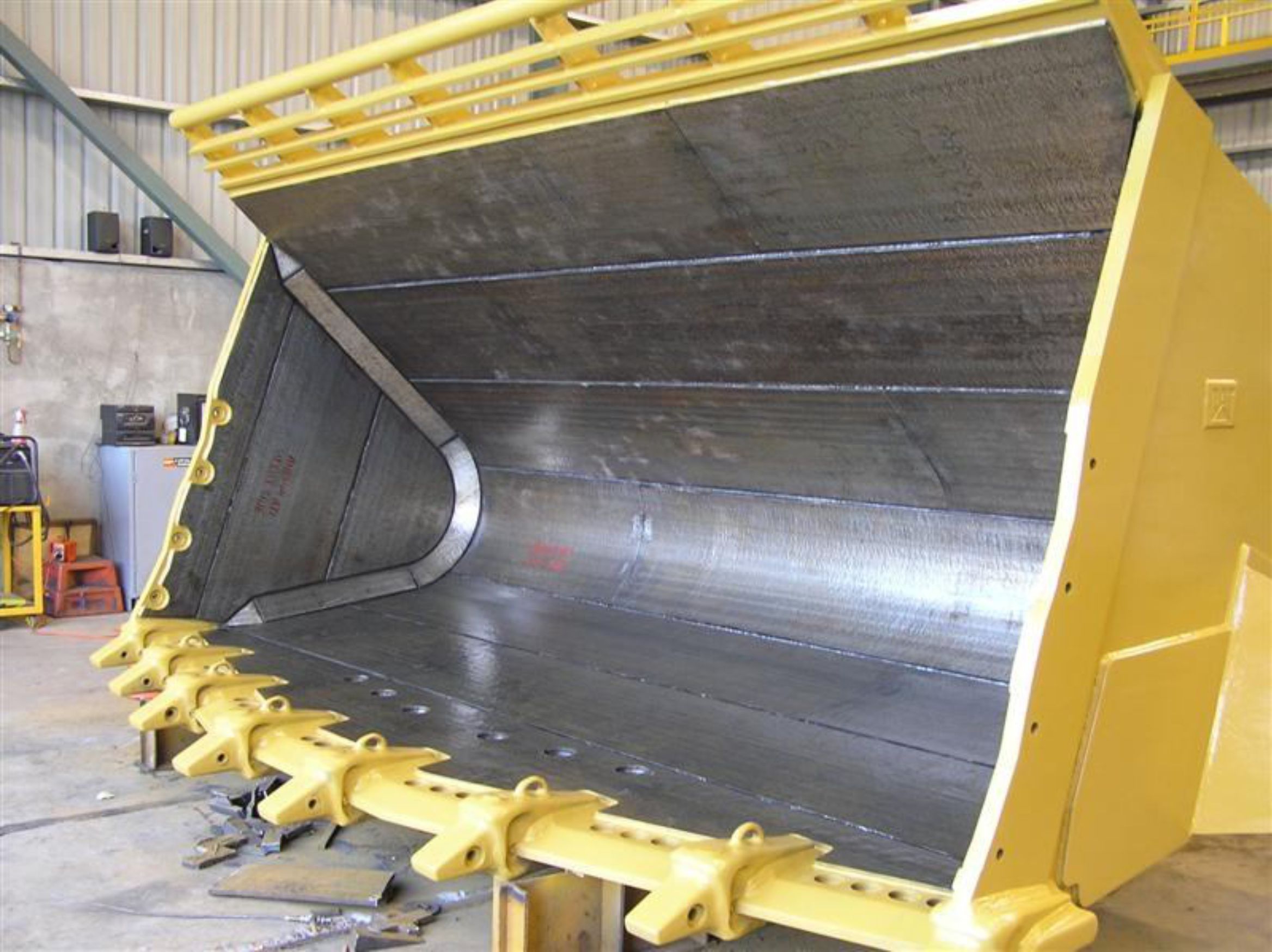
Products & Equipment
Heavy Equipment
Martin Engineering introduces Arcoplate
March 17, 2016 By Andrew Macklin

March 17, 2016 – Martin Engineering has introduced a wear-resistant fused alloy plate, the Martin Arcoplate, which combines a smooth and dense chromium carbide-rich metal alloy face plate with a hard steel back plate to resist gouging, erosion, temperature extremes and material buildup. Installing it on surfaces exposed to abrasive conditions increases protection for longer equipment life with less frequent maintenance.
Engineered to withstand the harshest conditions, Arcoplate offers a solution to both excessive wear and material accumulation issues for chutes, hoppers, dump truck beds, excavator buckets, front loader shovels, and other bulk material equipment in need of protection. The bi-layer construction is tailored to the thickness, composition, shape and polish specifications of the application. Very low residual stresses enable it to withstand severe impact forces and bending.
Made with a chemical composition of iron, carbon, chromium, manganese and silicon, Arcoplate is currently available in three grades: Alloy 1600 is designed for high abrasion and high impact applications; Alloy 1040 is engineered for moderate impact and cyclic temperatures up to 500°C (932°F), while Alloy 8668 is suitable for extreme temperature applications — cycles up to 700°C (1,292°F). Each derives its high abrasion resistance from the very hard M7C3 carbides (1500-1800Hv), with an average of 60 per cent carbide dispersed through a softer, tougher matrix.
“Greater hardness does not always mean greater abrasion resistance or longer wear life,” Ribeiro de Miranda pointed out. “Bulk hardness tests like Rockwell or Brinell measure the average hardness of both the carbide and matrix together. Conducted over a relatively large area, test results can show the same hardness rating as conventional metals, but performance tests show that a carbide-containing surfacing alloy has substantially better wear resistance.”
Abrasion resistance depends on a combination of both hardness and the metallurgical microstructure of the alloy. Normal hardness is determined in three tests, the Vickers Test (Hv), the Rockwell Scale (Rc) and the Brinell Scale (BHN) Although hardness is one factor in determining wear life of the plate, thickness factors into an extended operational life, as well.
The alloy top layer is manufactured 4 to 20 mm thick (0.16 to 0.79 in.), and the steel base plate 7 to 11 mm (0.27 to 0.43 in.). Proper thickness is determined based on the material being handled, weight allowance and spatial restrictions of the application. Molded with computer precision, each plate thickness and shape is adapted to the equipment form with no weld beads to interrupt material flow, minimizing turbulence and abrasion.
Surface smoothness, uniform hardness and carbide distribution are critical to overall wear plate performance and its ability to avoid buildup that could lead to clogging and excessive weight. When faced with consistent abrasion, a rough surface finish will experience erosion 200 to 600 per cent faster than a smooth surface of the same alloy structure and hardness. All grades of Arcoplate can be manufactured with finishes rated standard, polished or ultra non-abrasive to avoid material hang-up and carryback. The grain can be fitted in any direction to match material flow.
Print this page